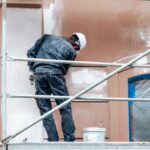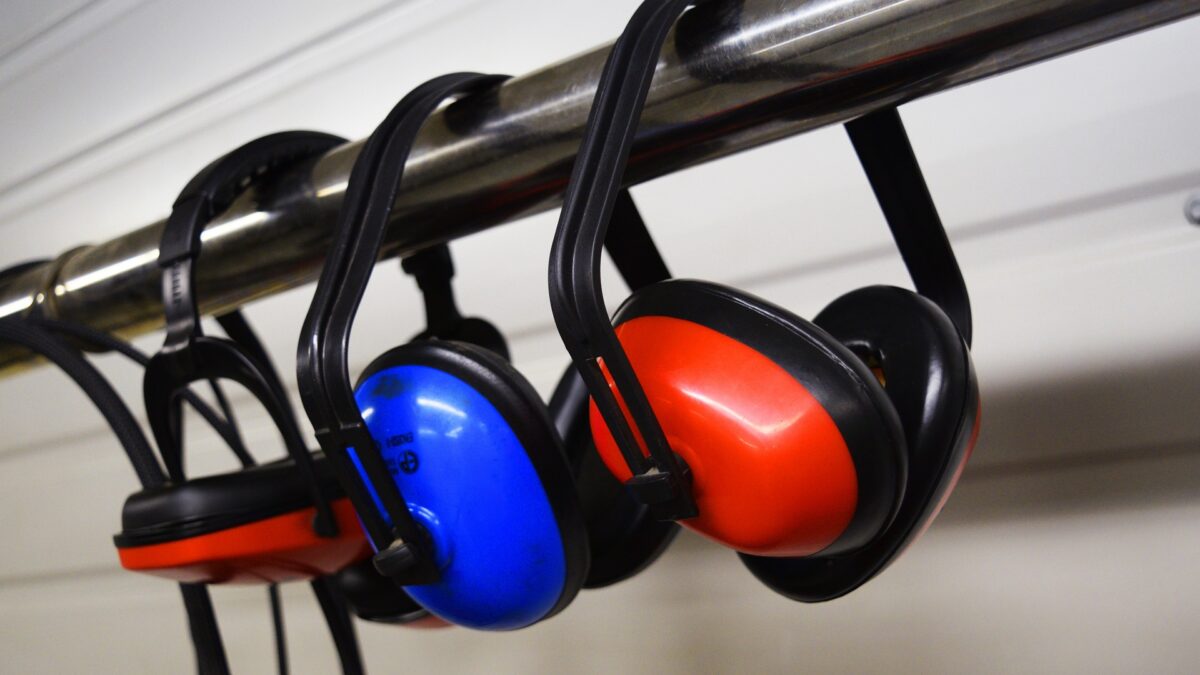
Work safety coordinator Davor Šesto: ‘They started looking for us to get a loan in the bank’
17. July 2023.
Fire extinguishers are all around us, but are they within the rules of safety at work
19. July 2023.Occupational safety is a key aspect of any work environment, and one of the important components that require special attention is noise.
Specifically, exposure to noise in the workplace can have serious negative effects on employee health, so it is important to properly regulate this area of work to ensure the safety and well-being of workers. In this article we will explore which laws and regulations regulate occupational noise protection, which types of works most often require noise protection, the danger of constant exposure to high noise, and how it can be protected from noise in the workplace.
Laws and regulations governing occupational safety against noise
In the Republic of Croatia, occupational safety is regulated by a number of laws and regulations. One of the key laws regulating the field of occupational safety is the Occupational Safety Act. This law defines the obligations of employers and employees regarding ensuring safety and safety at work, including noise protection. Also, the Ordinance on the protection of workers from exposure to noise at work prescribes technical and organizational measures to reduce exposure to noise in the workplace.
Types of works that require noise protection
Different works can be a source of noise in the workplace. Some of the most common works requiring noise protection include construction work, industrial manufacturing, heavy machinery work, drilling, sawing, grinding, and pneumatic tool work. In these situations, workers are exposed to a strong sound that can negatively affect hearing and health in general.
To ensure that the workplace complies with noise regulations, the following measures are essential:
Risk assessment
: The first thing to do is assess the risk of exposure to noise in the workplace. This includes measuring noise levels and identifying potential sources of noise.- Source noise control: An effective way to reduce noise is to control the source. This may include the use of quieter machines and tools, the replacement of outdated equipment, and regular maintenance of machinery to reduce the noise they produce.
- Technical measures: The application of technical measures such as noise insulation, installation of sound barriers or the use of sound-absorbing materials can help reduce noise levels in the workplace.
- Organisational measures: Organisational measures include adjusting work schedules to reduce exposure to noise, rotating workers in noisy workplaces, and ensuring regular breaks to allow recovery from exposure to noise.
Dangers of constant exposure to high noise
Constant exposure to high noise can have adverse effects on workers’ health. One of the worst consequences is hearing loss. Specifically, constant exposure to noise can cause hearing impairment, which can be temporary or permanent.
But there is also increased stress levels in workers, which can lead to sleep problems, increased anxiety and other health problems. No less important is disruption of communication. Excessive noise can interfere with communication among workers, which can result in mistakes and reduced productivity.
But there are a few simple ways to protect yourself from noise in the workplace:
- Use of personal protective equipment: Workers should wear appropriate headphones or earplugs to reduce exposure to noise.
- Education and awareness: Workers should be educated about the risks of exposure to noise and instruct ed about the proper use of protective equipment.
- Regular equipment maintenance: Regular maintenance of machines and tools can reduce the noise they produce.
- Proper workplace organization: Organizing the workplace in a way that minimizes noise exposure, for example, by installing noisy machines in remote locations or ensuring adequate insulation.
But ultimately the best way to prevent negative effects from constant exposure to noise is that all workers are aware of the dangers of exposure to noise and actively participate in reducing risks to ensure a safe and healthy workplace.


